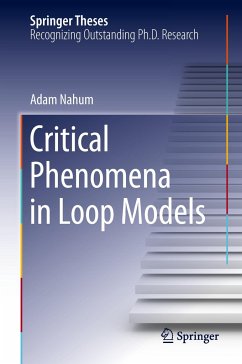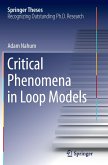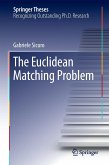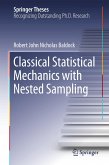When close to a continuous phase transition, many physical systems can usefully be mapped to ensembles of fluctuating loops, which might represent for example polymer rings, or line defects in a lattice magnet, or worldlines of quantum particles.
'Loop models' provide a unifying geometric language for problems of this kind.
This thesis aims to extend this language in two directions. The first part of the thesis tackles ensembles of loops in three dimensions, and relates them to the statistical properties of line defects in disordered media and to critical phenomena in two-dimensional quantum magnets. The second part concerns two-dimensional loop models that lie outside the standard paradigms: new types of critical point are found, and new results given for the universal properties of polymer collapse transitions in two dimensions.
All of these problems are shown to be related to sigma models on complex or real projective space, CP^{n-1} or RP^{n-1} -- in some cases in a 'replica' limit -- and this thesis is also an in-depth investigation of critical behaviour in these field theories.
'Loop models' provide a unifying geometric language for problems of this kind.
This thesis aims to extend this language in two directions. The first part of the thesis tackles ensembles of loops in three dimensions, and relates them to the statistical properties of line defects in disordered media and to critical phenomena in two-dimensional quantum magnets. The second part concerns two-dimensional loop models that lie outside the standard paradigms: new types of critical point are found, and new results given for the universal properties of polymer collapse transitions in two dimensions.
All of these problems are shown to be related to sigma models on complex or real projective space, CP^{n-1} or RP^{n-1} -- in some cases in a 'replica' limit -- and this thesis is also an in-depth investigation of critical behaviour in these field theories.








